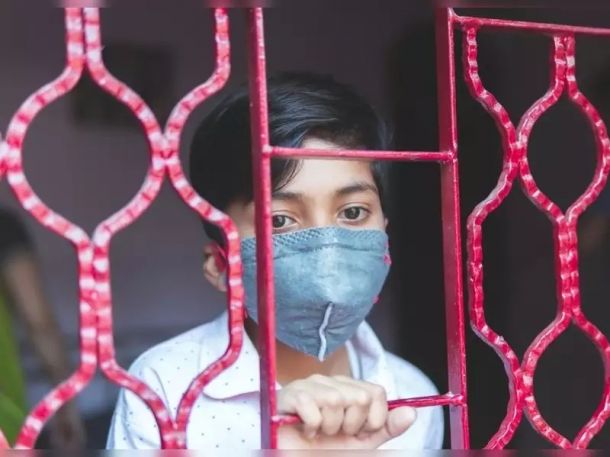Let There Be Sunlight
THE EPIDEMIC
Myopia has always been thought of as a hereditary trait. However, recent studies indicate that environment and lifestyle may have an equally important role to play in the onset of myopia in children..
(Myopia is the inability to see distant objects clearly. Also called nearsightedness/shortsightedness.)
The revelation is comes at a time when an epidemic of juvenile myopia is sweeping through Asia. As reported in the journal ‘Lancet’, up to 90% of young adults in China, Taiwan, Japan, Singapore and South Korea are myopic. Worse still, 10% to 20% of these schoolchildren suffer from high myopia; a condition that puts them at a higher risk of serious vision problems (including blindness) in adulthood.
POINTS TO PONDER
- The overall rate of myopia in the U.K. is much lower – 20% to 30%.
In Singapore, high rates of myopia affect all three ethnic groups — Chinese, Indian and Malay. Conclusion: The cause is not heredity but a common environmental factor.
Chinese young adults in Australia show lower rates of myopia than Chinese young adults living in East and Southeast Asia.
East Asian countries with high myopia rates are those that dominate international rankings of educational performance. These are the countries with massive pressure children to succeed academically.
A DOSE OF SUNLIGHT
A Chinese study observed the lifestyles of the affected children and concluded that the high myopia rates is most likely due to too much time indoors studying and not enough time outside in the sunlight. The press release says, “Our results indicate that exposure to daylight helps protect children from myopia. This means that parents and others who manage children’s time should encourage them to spend time outdoors daily. “
A Taiwanese study conducted in the academic year 2009-2010 came to similar conclusion. The study involved 350 school children at two different schools in Taiwan. For the entire year, students at one school were made to spend their recess outdoors while students at the other school did not have to go outside for recess. At the end of the year students at both schools were given eye examination. The results were clear and conclusive: students who spent recess outdoors were far less likely to become nearsighted or to shift toward nearsightedness.
A Danish study of 250 children with myopia concluded that increased exposure to sunlight slows the progression of nearsightedness in youngsters. The greater the children’s amount of sunlight exposure, the slower the progression of their nearsightedness.
OUT OF THE BOX SOLUTION
If you thought the study would be a step towards giving the poor kids a break, think again. One of the solutions being bandied about is to move some of the classes outdoors. Apparently, it is easier to come up with out-of-the-box solutions than to read the writing on the wall.

Popular Programs



